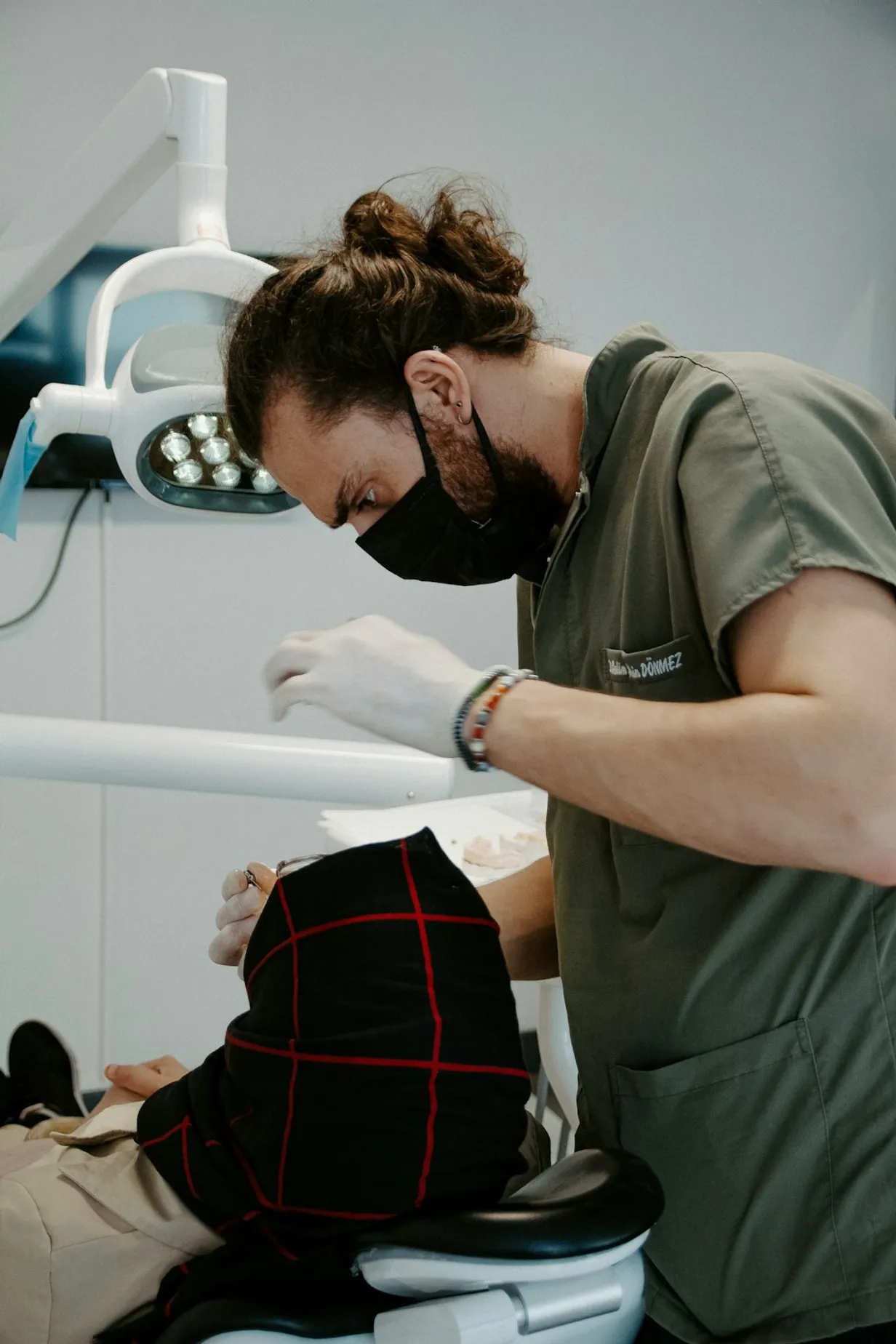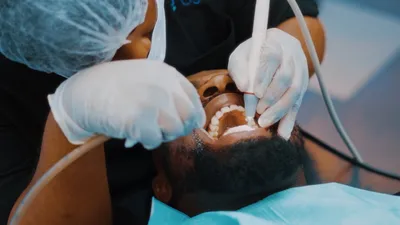Biomimetic Dentistry: Redefining Dental Care with Nature-Inspired Technologies

Understanding Biomimetic Dentistry
Biomimetic dentistry is a cutting-edge approach that aims to mimic the natural properties and structures of teeth. This innovative field focuses on preserving as much of the natural tooth as possible, using materials and techniques that replicate the functionality and aesthetics of natural teeth. By doing so, biomimetic dentistry improves long-term oral health outcomes and offers a more sustainable approach to dental care.
Benefits of Biomimetic Dentistry
1. Preservation of Natural Tooth Structure
One of the primary benefits of biomimetic dentistry is the preservation of natural tooth structure. Traditional dentistry often involves removing significant portions of the tooth to accommodate fillings, crowns, or other restorations. Biomimetic techniques, however, are designed to remove only the damaged or decayed part of the tooth, keeping the healthy structure intact.
2. Enhanced Durability and Longevity
Biomimetic materials are designed to closely mimic the physical properties of natural teeth, including their strength and elasticity. This ensures that restorations are more durable and can withstand the forces of chewing and biting over time. As a result, patients experience longer-lasting dental work and fewer issues with wear and tear.
3. Improved Aesthetic Outcomes
By using materials that closely resemble natural tooth enamel and dentin, biomimetic dentistry achieves superior aesthetic results. These restorations blend seamlessly with natural teeth, providing a more attractive and natural-looking smile.
Innovative Techniques in Biomimetic Dentistry
1. Advanced Adhesive Technology
Biomimetic dentistry relies heavily on advanced adhesive technology to securely bond restorative materials to natural tooth structures. These adhesives mimic the natural interface between enamel and dentin, providing a strong and durable bond that enhances the longevity of restorations.
2. Minimally Invasive Procedures
Minimally invasive procedures are a cornerstone of biomimetic dentistry. Techniques such as air abrasion and laser dentistry allow for the precise removal of decayed or damaged tissue without affecting healthy areas. This approach reduces the need for extensive drilling and conserves more of the natural tooth.
3. Use of Biomimetic Materials
Biomimetic materials, such as composite resins and ceramics, are engineered to mimic the natural mechanical and aesthetic properties of teeth. These materials are biocompatible and have the ability to mimic the translucency, hardness, and color of natural teeth, resulting in restorations that are both functional and aesthetically pleasing.
The Future of Biomimetic Dentistry in Australia
As dental technology continues to advance, the adoption of biomimetic dentistry in Australia is expected to grow. Dental practitioners are increasingly recognizing the benefits of this approach, and more clinics are investing in the necessary training and equipment to implement biomimetic techniques. This shift towards nature-inspired dental care is poised to enhance patient outcomes and transform the future of dentistry in Australia.
In conclusion, biomimetic dentistry offers a revolutionary approach to dental care by emphasizing the preservation and imitation of natural tooth structures. Through the use of advanced materials and minimally invasive techniques, this field provides safer, more effective, and aesthetically superior dental treatments. As these innovations continue to evolve, biomimetic dentistry is set to redefine the standards of dental care and improve the oral health of patients across Australia.
Top Dental Health Articles
Discover our most popular dental health articles, featuring expert advice that our readers rely on.



